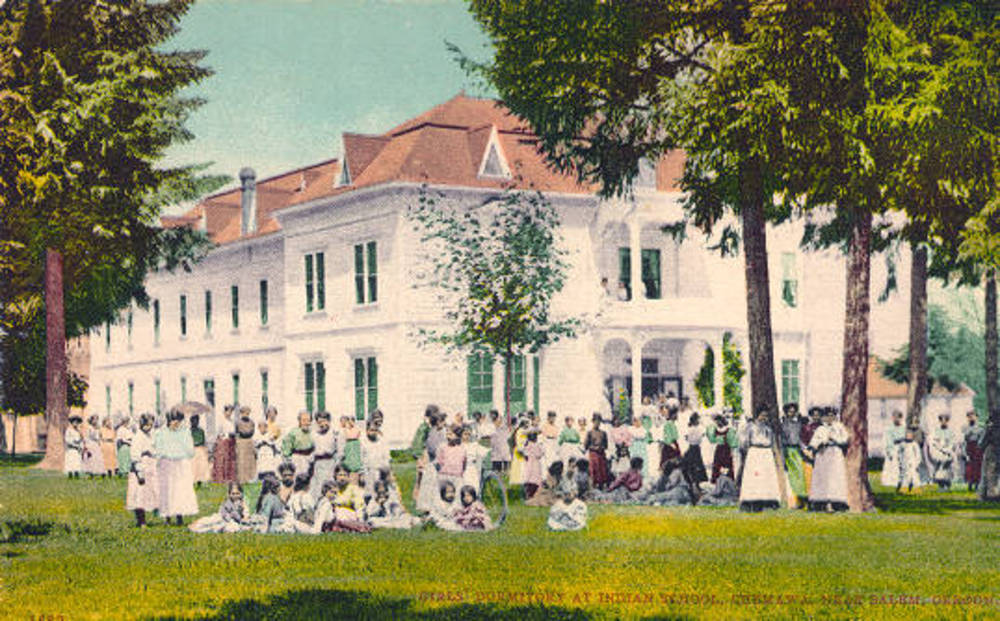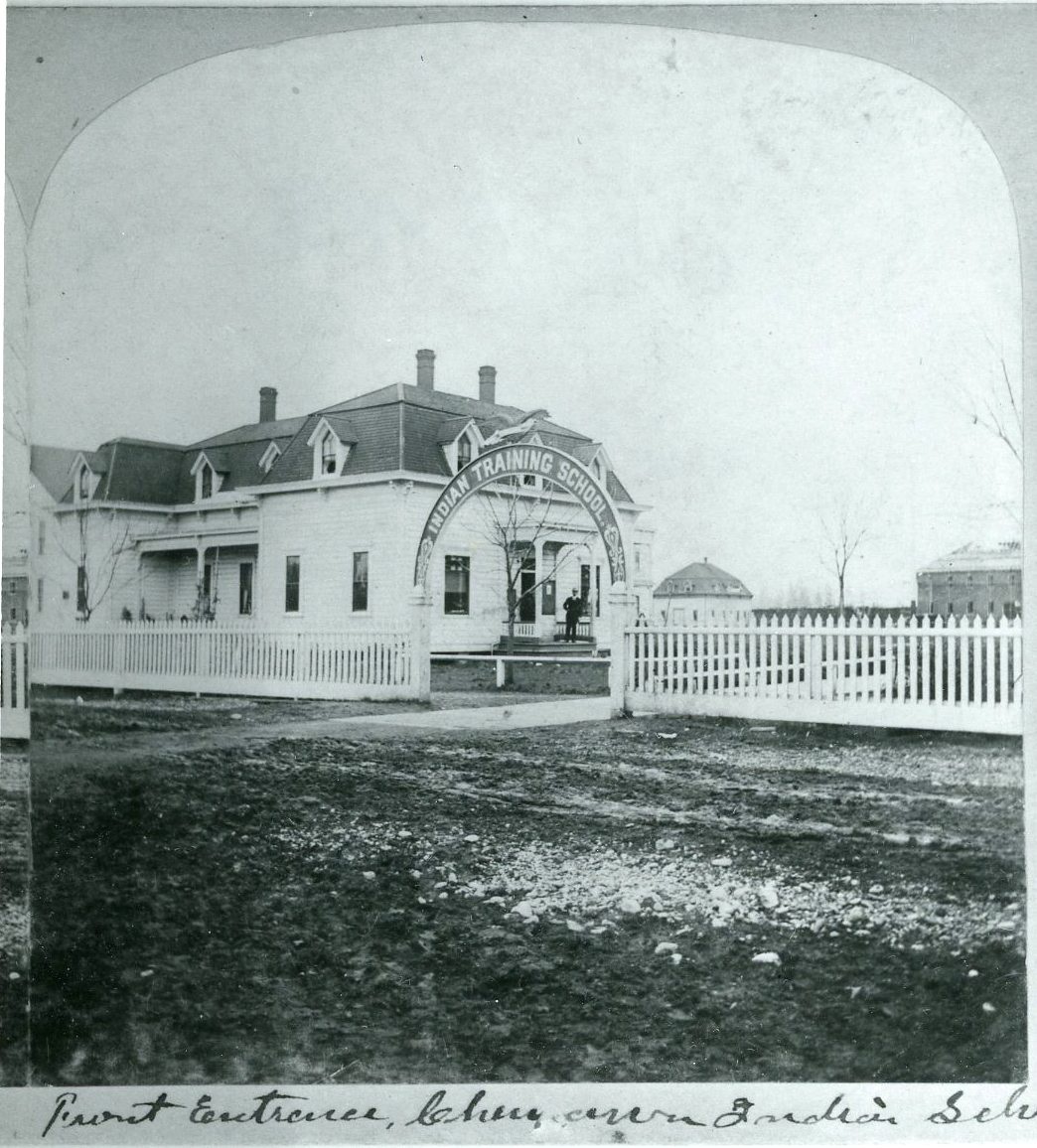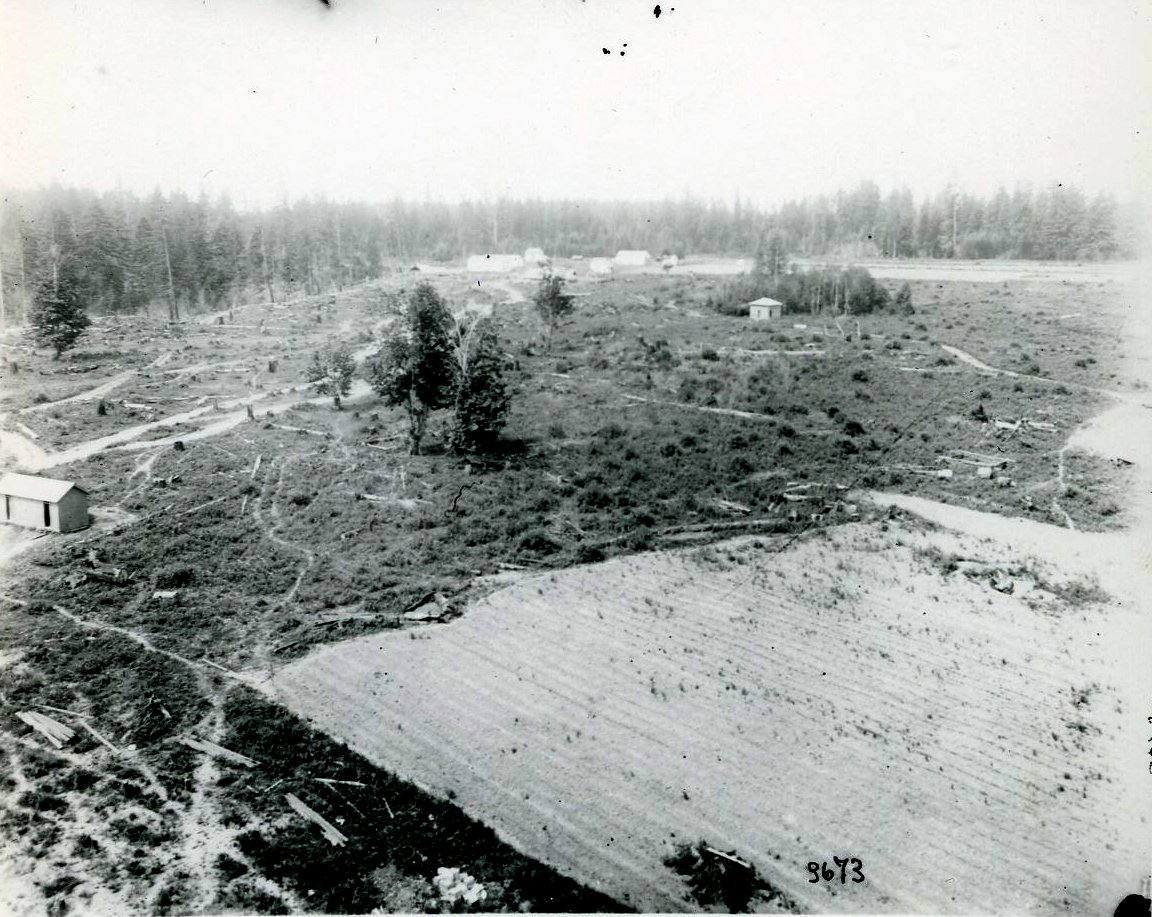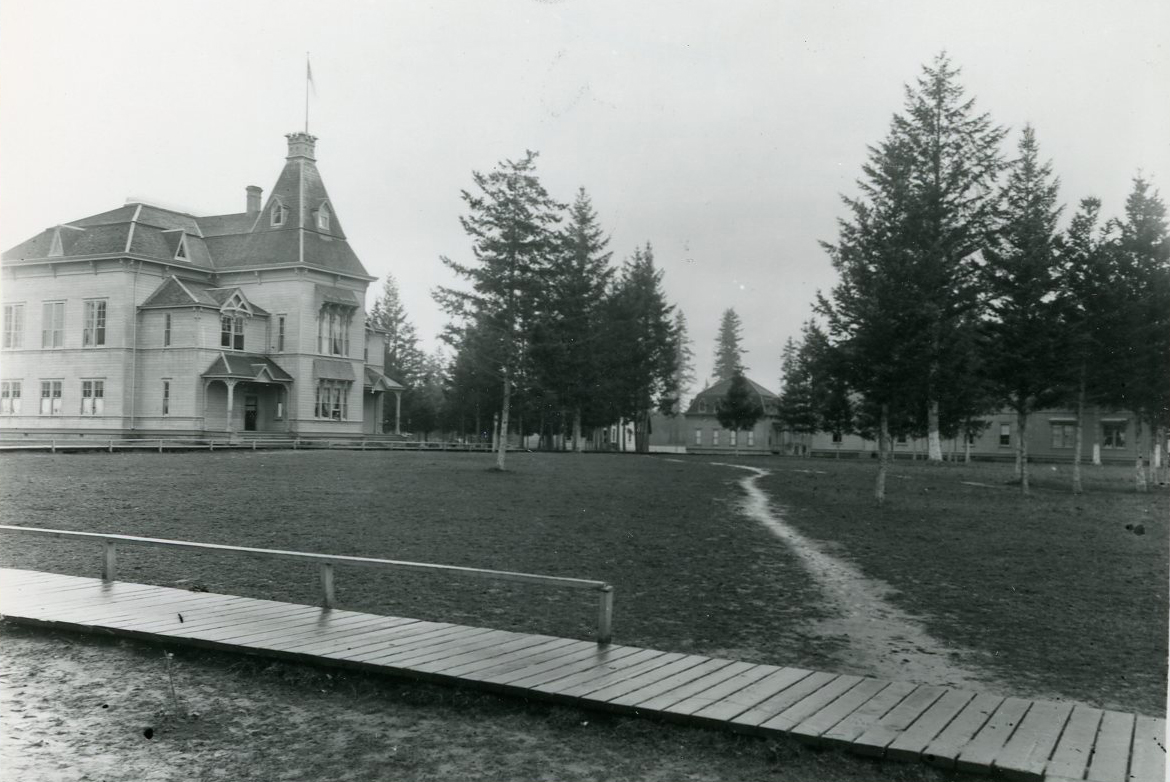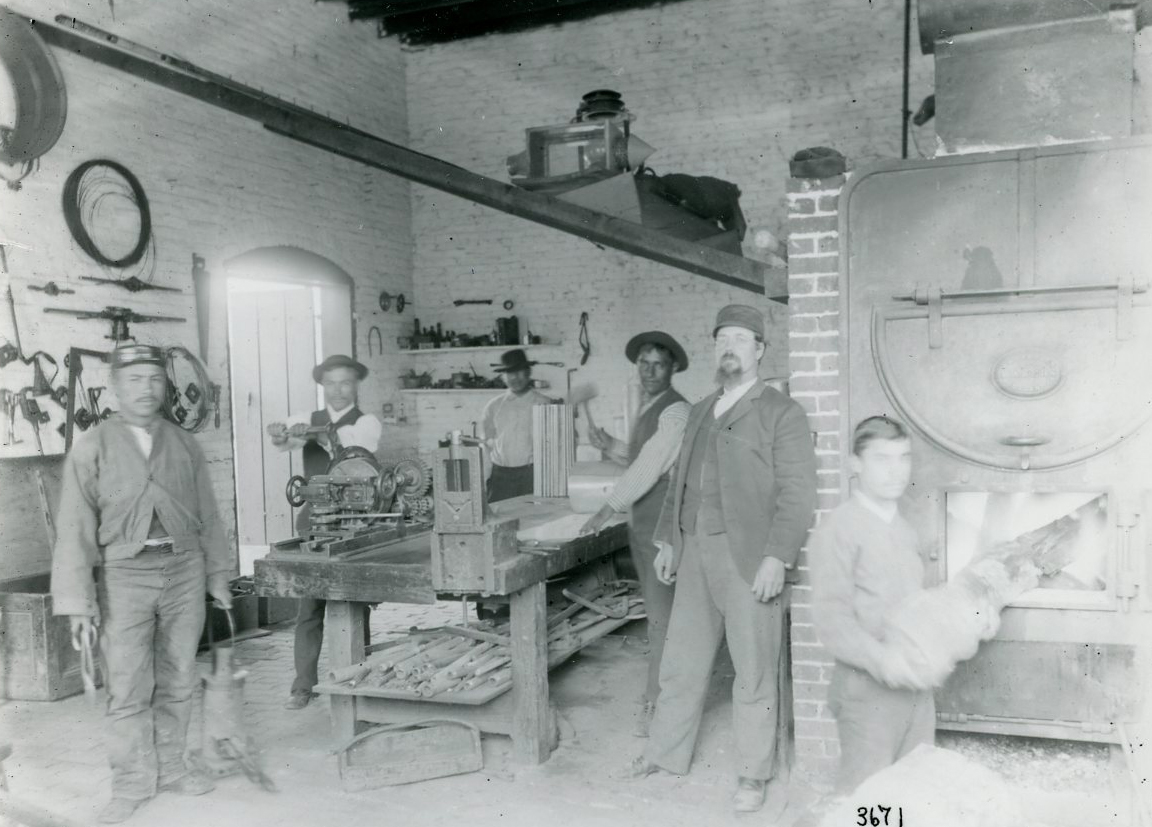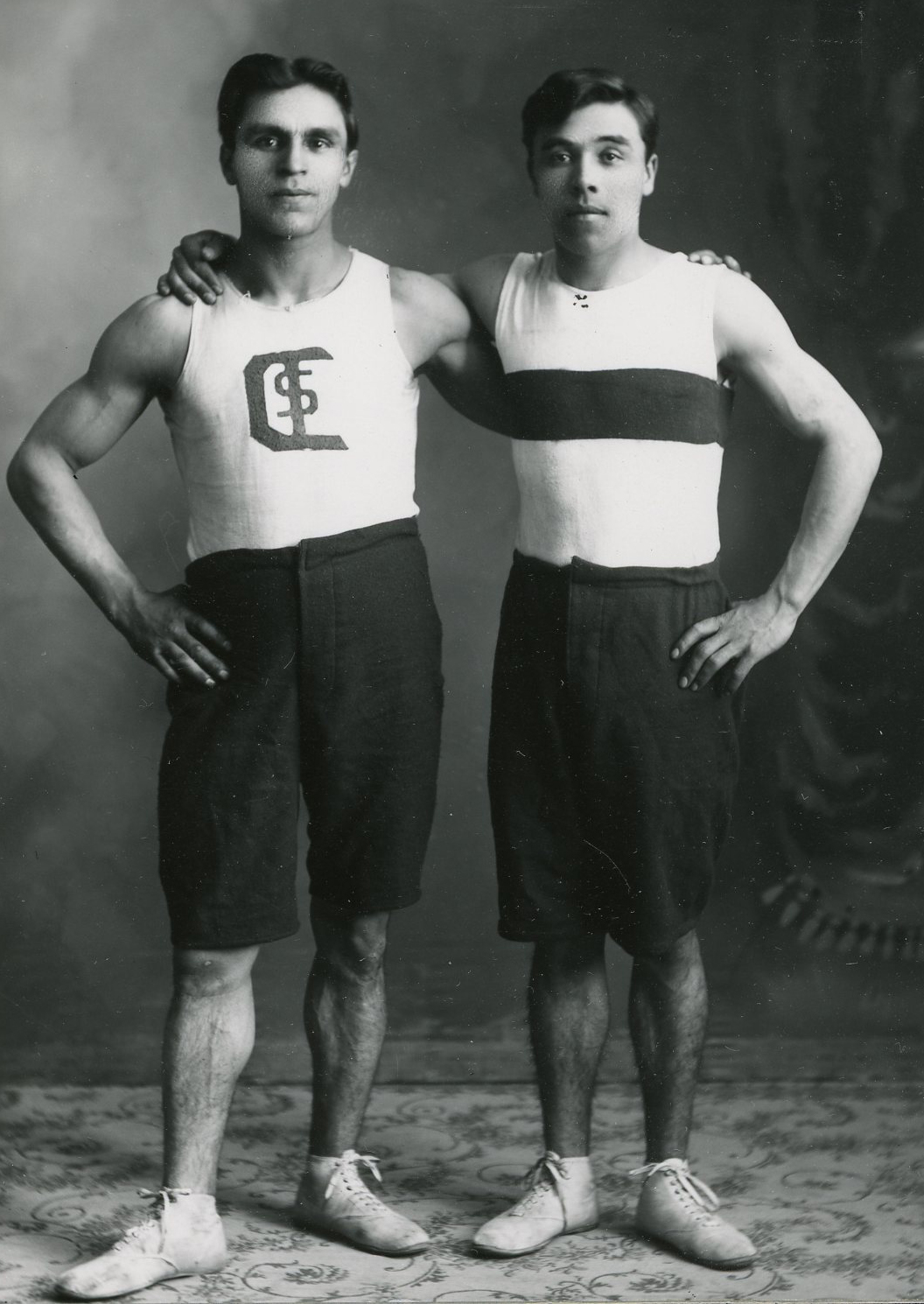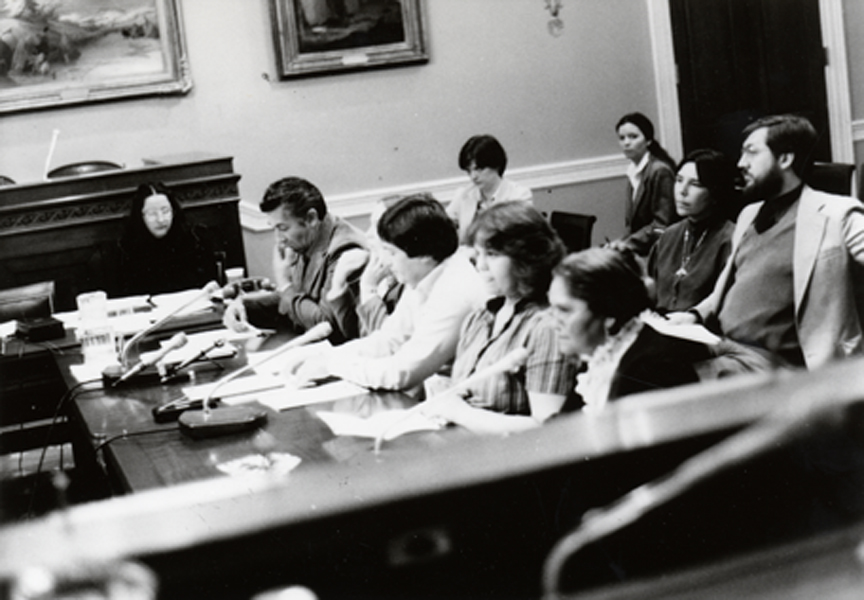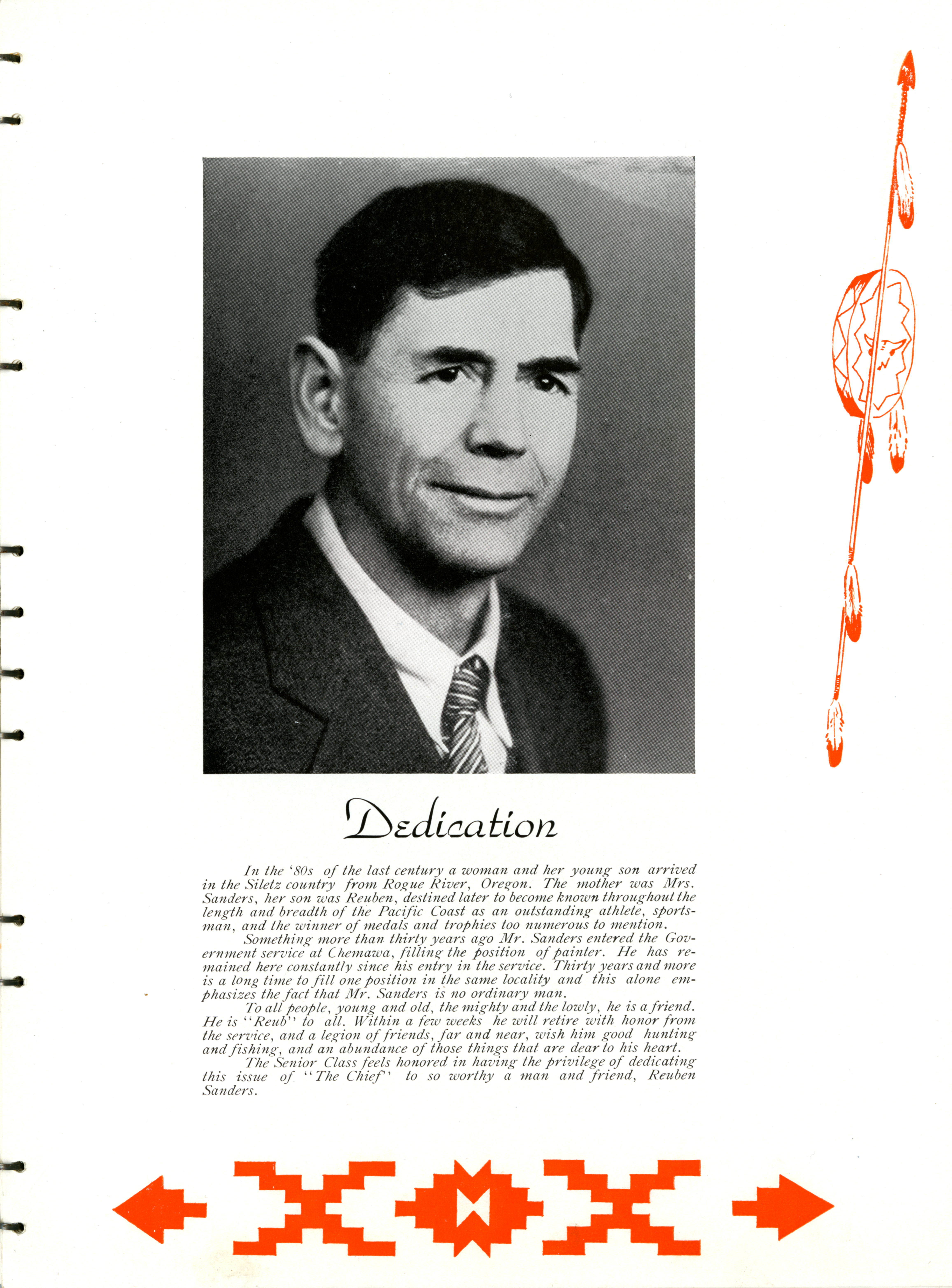Chemawa Indian School, in the mid-Willamette Valley north of Salem, is an accredited high school with grades nine through twelve. It is one of four remaining off-reservation boarding schools funded and operated by the Bureau of Indian Education (BIE). Most of the students come from reservations and communities in the western United States, and some day students live in the Salem area. Enrollment at a BIE school requires membership in a federally recognized American Indian tribe or Alaska Native village.
In the early nineteenth century, missionaries established Indian boarding schools as a means of converting Native people to Christianity, teaching them to farm, and providing them with a cursory education. After most tribes were relegated to reservations, the U.S. government, under the Bureau of Indian Affairs (BIA), institutionalized Native education, and for several decades relied predominantly on reservation and off-reservation boarding schools to expedite assimilation policies.
In the early years, children were forcibly removed from their families to be sent to boarding schools, and there are many accounts of abuse and neglect. Studies on the impact of the boarding-school movement reveal that Indian families still suffer the consequences of the government’s assimilation programs. Yet, it is also important to note that boarding schools were unintended models for cultural diversity and one of the reasons Native identity survives. At Chemawa and similar institutions, children of many tribes were brought together. They united against school authorities, formed many lasting “Pan-Indian” friendships, and often sent their children and grandchildren to Chemawa.
Chemawa began in 1880 as the United States Indian Industrial and Training School on the campus of Pacific University at Forest Grove. The first superintendent was Lt. Melville C. Wilkinson, previously the aide-de-camp to Gen. Oliver Otis Howard, who had led military operations against tribes in the Pacific Northwest. Wilkinson believed, as did R.H Pratt, founder of Carlisle Indian School, that Indians could be better conquered with education than bullets. He espoused the “English only” requirement and instituted manual labor training for both boys and girls.
When the first eighteen “scholars” arrived in Forest Grove from the Puyallup Reservation in Washington, conflicts between whites and Indians were still fresh memories for Forest Grove residents. The students and their visiting families were not welcome, and the local community did not support expansion of the school. As a result, Henry J. Minthorn, the school’s second superintendent, acquired 177.32 acres north of Salem. By the time the school and its students moved in 1885, more than 300 children representing over forty tribes in Alaska, Washington, Idaho, and California had been enrolled at the school at Forest Grove.
The new school was near a railroad station and post office named Chemawa, after one of the bands of the Kalapuya tribe that had lived in the area. Believing that the land would “belong to the Indians,” students provided both money and labor to purchase the first parcel of land, but the deeds conveyed ownership to the United States. In 1887, another 84.92 acres were added to the campus with funds earned by the students through picking hops. Later additions were also paid for with Indian monies and labor.
Initially known as the Salem Indian Industrial and Training School at Chemawa, and briefly dubbed the Harrison Institute, (after President W.H. Harrison), the institution eventually became known as Chemawa Indian School.
Part of the students’ day was devoted to academics, but in order to feed themselves and support the school, much of the students’ energy was focused on agriculture and industrial training and labor. The boys took courses in painting, baking, shoemaking, drafting, machining, blacksmithing, and masonry. Girls were taught the “domestic arts,” and a nursing program was added in 1911. Activities included an athletic program, debating and literary societies, and a band. During this period, Native families often voluntarily sent their children to boarding schools like Chemawa because they offered opportunities not available on reservations or in Alaskan villages.
The school offered twelve grades by 1926. The next year, enrollment reached 1,100 pupils, although the recommended capacity was about half that number. Today the student body is between 300 and 400.
By 1947, the school plant totaled 457 acres, with a beautifully landscaped campus, 35 acres of fruit trees, and a large farm where students raised chickens and pigs and operated a dairy. There were one hundred buildings, including administrative, academic, vocational, residential, and farm structures. In 1907, a hospital was built to serve the students and local Indians, particularly during the tuberculosis epidemic. The hospital burned in 1995, but the school cemetery still remains. Most of the 200 extant graves were for students—many Alaskans—who died from tuberculosis and the Spanish flu epidemic of 1918.
Government policies on Indian education changed as social values shifted and educational policies advanced. State schools were finally opened to Indian students, and the establishment of tribal schools on reservations diminished the demand for off-reservation boarding schools. In the 1930s, the government began to question the economy and effectiveness of all off-reservation boarding schools, and within a few years most of them closed.
Funding for Indian education was periodically slashed, and Chemawa was threatened with closure in 1934, 1947, and again in the 1960s. Through the efforts of alumni and the support of Salem residents and Oregon politicians, the school endured.
As the Salem region grew, interstate and local highway expansion reduced the campus to less than 300 acres. In the 1970s, the original school buildings were demolished and a new campus complex was constructed. An Indian Health facility was also built. In 2009, construction began on a new dormitory to house 400 students.
Computer technology has long since supplanted industrial and manual labor training, and Chemawa continues to provide academic education and residential services. Class discussions may include Native history, tribal sovereignty, language preservation, and cultural diversity; powwows are held regularly. Willamette University has established a mentoring program to encourage Chemawa students to pursue higher education.
Since 1880, thousands of Native American and Alaska Native children have attended Chemawa Indian School, and their descendents hold firmly to the conviction that, because of the sacrifice of their ancestors, Chemawa belongs to the Indians.
-
![]()
Girls dormitory at the Chemawa Indian Boarding School, 1905.
Postcard, Oreg. State Univ. Lib., Gerald W. Williams Coll.
-
![]()
Wooden eagle on the arch over the front entrance to Chemawa, c.1900.
Courtesy Oregon Hist. Soc. Research Lib., 016492
-
![]()
Boys dormitory at Chemawa Indian Boarding School, 1901.
Northwest Museum of Arts & Culture, Eastern Wash. Univ., ER4.7.3
-
![]()
Aerial view of Chemawa grounds, 1887.
Courtesy Oregon Hist. Soc. Research Lib., 0173G029
-
![]()
Buildings and grounds at Chemawa, 1887.
Courtesy Oregon Hist. Soc. Research Lib. 0173G017
-
![]()
Students and instructors in the Chemawa machine shop, 1887..
Courtesy Oregon Hist. Soc. Research Lib., 0173G027
Related Entries
-
![Chemawa Indian School Athletics Program]()
Chemawa Indian School Athletics Program
Chemawa Indian School has been a leader in organized athletics in the W…
-
![Confederated Tribes of Grand Ronde (essay)]()
Confederated Tribes of Grand Ronde (essay)
The Confederated Tribes of Grand Ronde Community of Oregon is a confede…
-
Indian Boarding Schools
At the beginning of the twenty-first century, only one Indian boarding …
-
![Reuben C. Sanders (1876-1957)]()
Reuben C. Sanders (1876-1957)
Reuben “Reub” C. Sanders was one of Oregon’s greatest…
Related Historical Records
Map This on the Oregon History WayFinder
The Oregon History Wayfinder is an interactive map that identifies significant places, people, and events in Oregon history.
Further Reading
Adams, David Wallace. Education for Extinction: American Indians and the Boarding School Experience, 1875–1928. Lawrence: University Press of Kansas, 1995.
Collins, Cary C. “Through the Lens of Assimilation: Edwin L. Chalcraft and Chemawa Indian School.” Oregon Historical Quarterly 98 (Winter 1998): 390–425.
Reddick, SuAnn M. “The Evolution of Chemawa Indian School: From Red River to Salem, 1825–1885. Oregon Historical Quarterly 101 (Winter 2000): 444–465.

